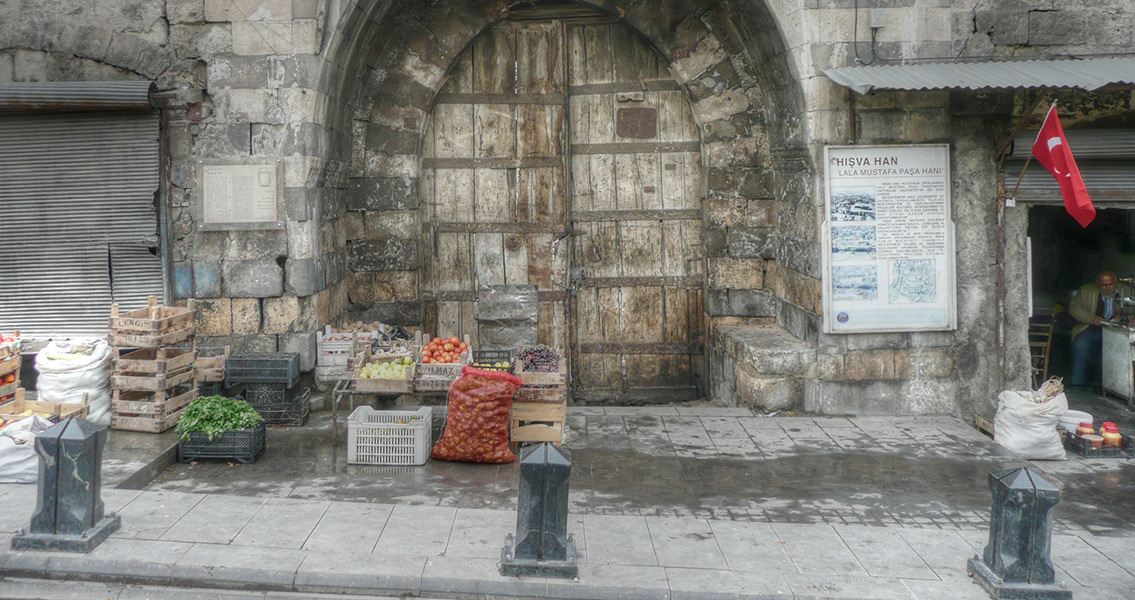<![CDATA[Archaeologists have uncovered an ancient mosaic in the ruins of the city of Doliche, located in south-central Turkey perilously close to the Syrian border. With the massive instability in Syria due to the civil war raging in the country, researchers have concerns about preserving ancient and classical Syrian artifacts. Far too many ancient cities located within the borders of the war-torn country, world-famous locations such as Cyrrhus or Apamea, have since been rendered inaccessible due to fighting, looted by opportunistic treasure hunters, or outright destroyed by the violence. However, Doliche resides across the border in Turkey. The ancient city, which was part of the Syria of antiquity, has been opened to classical scholars keen to preserve as much of the history of the country in light of the destruction rained down by the conflict south of the border. According to Dr. Engelbert Winter from Germany’s University of Münster, the remains of Doliche are one of the few places in the world where urban Syrian culture dating back to the Hellenistic and Roman eras can be studied currently. Doliche’s remains are accessible from its close proximity to the modern Turkish city of Gaziantep, Dr. Winter explained, unlike other sites located within the borders of modern Syria. The professor revealed in a press release published by the university that the excavation team tasked with uncovering and preserving the secrets of Doliche had recently uncovered a remarkably well-preserved mosaic floor, which had at one time been part of a large building complex. Originally enclosed by a column-studded court over a length of more than 100 square meters, the floor would have been the centerpiece of the locale with its geometric filigree, and stands out as one of the most breathtaking late antique mosaic art examples ever uncovered within the region. Prof. Winter says the importance of the find is underlined by the state of other ancient cities in the Middle East. Satellite images taken of the ruins of Apamea across the Syrian border have revealed unmistakable traces of illicit excavations that have likely resulted in the destruction of the entire ancient urban center. The instability of the region precludes researchers from surveying the damage in person. Meanwhile, excavations in Cyrrhus that had only recently been reopened by scientists and researchers had to be abandoned as the fighting between Syrian rebels and loyalists intensifies. This makes Doliche the most reliable, safest, and most intact archaeological site for research into the Northern Syrian midland’s ancient urban culture, according to the professor. The research team is hard at work performing excavations on as many urban environments in Doliche as possible, including water pipelines, alleys, and the types of simple residences likely to have been owned by average residents of the city at the time of its primacy. Image courtesy of Wikimedia Commons user: Nevit Dilmen (talk)]]>
Ancient Syrian Mosaic Found in Doliche
